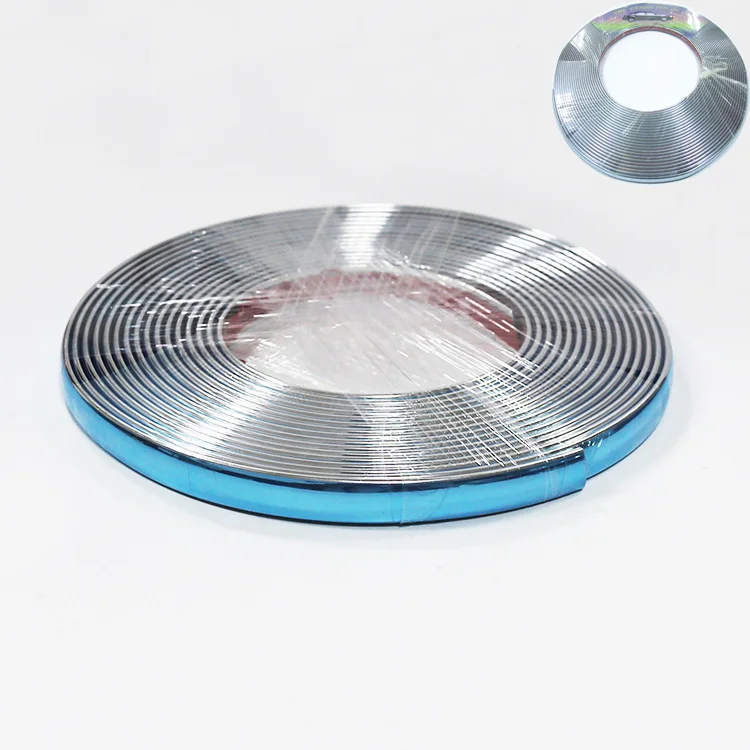NMR spectroscopy is a powerful analytical technique that provides detailed information about the structure, dynamics, and environment of molecules. It relies on the alignment of nuclear spins in a magnetic field and their subsequent relaxation to provide a spectrum. When non-deuterated solvents, such as methanol or ethanol, are used, the protons (¹H) in the solvent can contribute to the NMR signal, complicating the spectra and obscuring the information about the solute being studied. In contrast, deuterated solvents, such as deuterated chloroform (CDCl₃) or deuterated dimethyl sulfoxide (DMSO-d₆), contain fewer protons, markedly reducing interference and enhancing the clarity of the resulting spectrum.
 Home
Home











